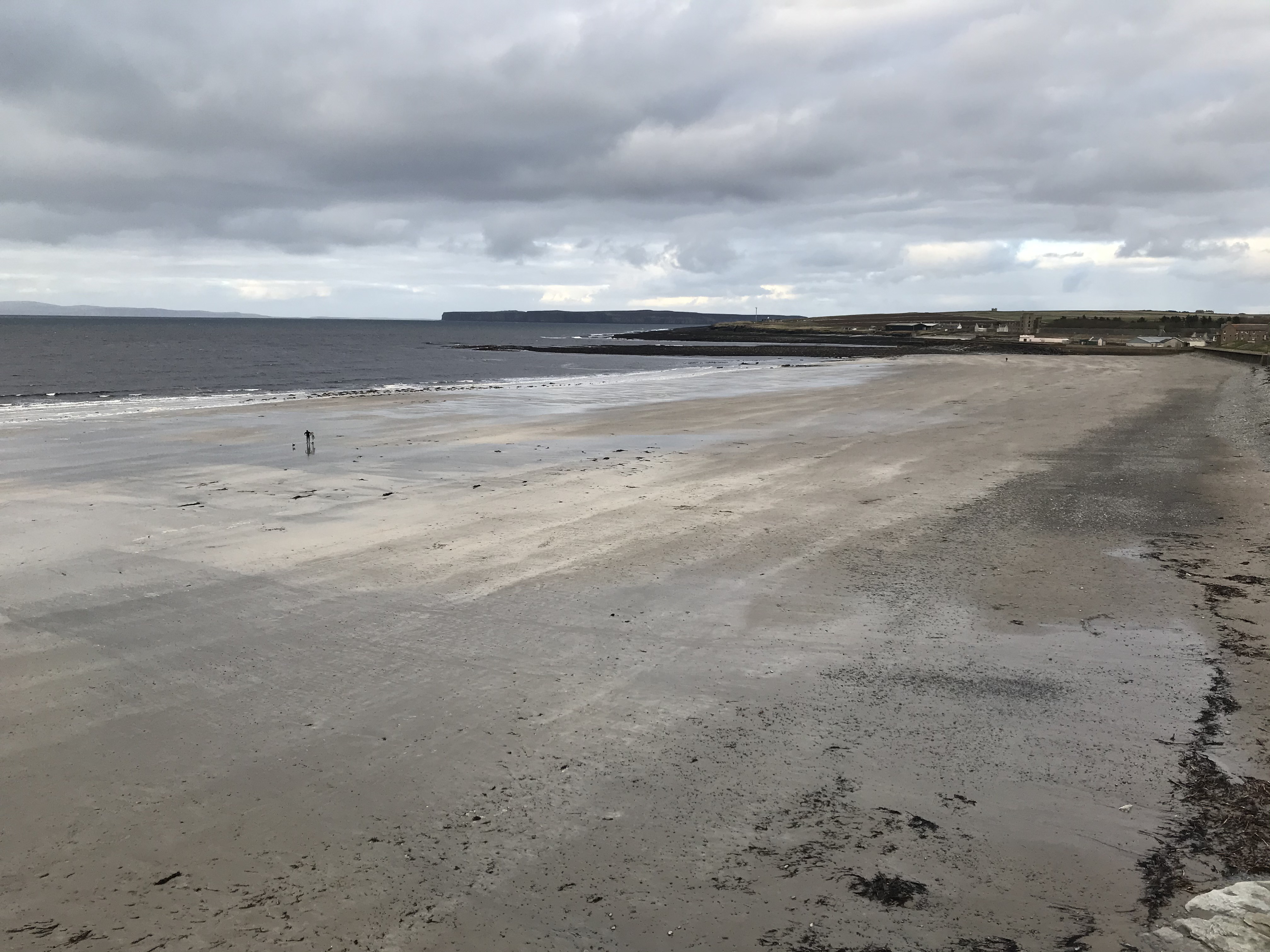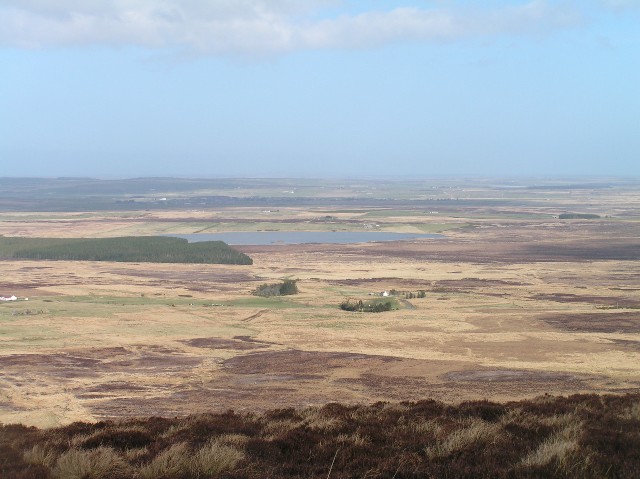|
St Andrew's And St Peter's Church, Thurso
St Peter's and St Andrew's Church is located on Princes Street in Thurso, Caithness, Scotland. The church was built to a design of William Burn in 1830–2, a simplified version of the Church of St John the Evangelist, Edinburgh, which is also attributed to Burn. References External links * Thurso Churches in Highland (council area) Churches completed in 1832 1832 establishments in Scotland {{Scotland-church-stub ... [...More Info...] [...Related Items...] OR: [Wikipedia] [Google] [Baidu] |
Thurso
Thurso (pronounced ; sco, Thursa, gd, Inbhir Theòrsa ) is a town and former burgh on the north coast of the Highland council area of Scotland. Situated in the historical County of Caithness, it is the northernmost town on the island of Great Britain. From a latitudal standpoint, Thurso is located further north than the southernmost point of Norway and in addition lies more than north of London. It lies at the junction of the north–south A9 road and the west–east A836 road, connected to Bridge of Forss in the west and Castletown in the east. The River Thurso flows through the town and into Thurso Bay and the Pentland Firth. The river estuary serves as a small harbour. At the 2011 Census, Thurso had a population of 7,933. The larger Thurso civil parish including the town and the surrounding countryside had a population of 9,112. Thurso functioned as an important Norse port, and later traded with ports throughout northern Europe until the 19th century. A thriving fish ... [...More Info...] [...Related Items...] OR: [Wikipedia] [Google] [Baidu] |
Caithness
Caithness ( gd, Gallaibh ; sco, Caitnes; non, Katanes) is a historic county, registration county and lieutenancy area of Scotland. Caithness has a land boundary with the historic county of Sutherland to the west and is otherwise bounded by sea. The land boundary follows a watershed and is crossed by two roads (the A9 and the A836) and by one railway (the Far North Line). Across the Pentland Firth, ferries link Caithness with Orkney, and Caithness also has an airport at Wick. The Pentland Firth island of Stroma is within Caithness. The name was also used for the earldom of Caithness ( 1334 onwards) and for the Caithness constituency of the Parliament of the United Kingdom (1708 to 1918). Boundaries are not identical in all contexts, but the Caithness area lies entirely within the Highland council area. Toponymy The ''Caith'' element of the name ''Caithness'' comes from the name of a Pictish tribe known as the ''Cat'' or ''Catt'' people, or ''Catti'' (see Kingdom of Ca ... [...More Info...] [...Related Items...] OR: [Wikipedia] [Google] [Baidu] |
William Burn
William Burn (20 December 1789 – 15 February 1870) was a Scottish architect. He received major commissions from the age of 20 until his death at 81. He built in many styles and was a pioneer of the Scottish Baronial Revival,often referred to as the golden age of Scottish architecture. Life Burn was born in Rose Street in Edinburgh, the son of architect Robert Burn and his wife Janet Patterson. He was the fourth born and the eldest survivor of the 16 children born. William was educated at the High School in Edinburgh's Old Town. He started training with Sir Robert Smirke in London in 1808. This is where worked on Lowther Castle with C.R. Cockerell, Henry Roberts, and Lewis Vulliamy. After training with the architect Sir Robert Smirke, designer of the British Museum, he returned to Edinburgh in 1812. Here he established a practice from the family builders' yard. His first independant commission was in Renfrewshire. In 1812 he designed the exchange assembly rooms for the Gr ... [...More Info...] [...Related Items...] OR: [Wikipedia] [Google] [Baidu] |
Church Of St John The Evangelist, Edinburgh
The Church of St John the Evangelist is a Scottish Episcopal church in the centre of Edinburgh, Scotland. It is sited at the west end of Princes Street at its junction with Lothian Road, and is protected as a category A listed building. Background The church was dedicated as St John's Chapel on Maundy Thursday 1818 with construction having begun in 1816. It was designed by the architect William Burn the previous year, at the age of only 25. The congregation had begun in 1792 when Daniel Sandford came to Edinburgh to minister on Church of England lines. In 1797 the Qualified congregation moved to Charlotte Chapel which was re-built on larger lines in 1811. They sold shares to fund a new church, the banker Sir William Forbes being the main figure, and Charlotte Chapel was then sold to the Baptists. Edward Bannerman Ramsay joined St John's as curate in 1827. He succeeded Bishop Sandford as minister in 1830, and stayed until his own death in 1872, having been Dean from 1846. ... [...More Info...] [...Related Items...] OR: [Wikipedia] [Google] [Baidu] |
Churches In Highland (council Area)
A List of churches in Highland (council area), Scotland. The area was previously divided into civil parishes, one for each medieval church: * Caithness: Bower, Canisbay, Dunnet, Halkirk, Latheron, Olrig, Reay (partly in Sutherland until 1891), Thurso, Watten, and Wick. * Sutherland: Assynt, Clyne, Creich, Dornoch, Durness, Eddrachillis, Farr, Golspie, Kildonan, Lairg, Lothbeg, Rogart, and Tongue. * Inverness-shire: Abernethy and Kincardine (partly in Morayshire until 1891), Alvie, Ardersier, Arisaig and Moidart, Boleskine and Abertarff, Bracadale, Croy & Dalcross, Daviot & Dunlichity, Petty (all three partly in Nairnshire until 1891), Dores, Duirinish, Duthil & Rothiemurchus (partly in Morayshire until 1870), Glenelg, Inverness and Bona, Kilmallie, Small Isles (both partly in Argyllshire until 1891), Kilmonivaig, Kilmorack (partly in Ross and Cromarty until 1891), Kingussie & Insh, Kirkhill, Laggan, Moy & Dalarossie, Portree, Sleat, Snizort, Strath, and Urquhart & Glen ... [...More Info...] [...Related Items...] OR: [Wikipedia] [Google] [Baidu] |
Churches Completed In 1832
Church may refer to: Religion * Church (building), a building for Christian religious activities * Church (congregation), a local congregation of a Christian denomination * Church service, a formalized period of Christian communal worship * Christian denomination, a Christian organization with distinct doctrine and practice * Christian Church, either the collective body of all Christian believers, or early Christianity Places United Kingdom * Church (Liverpool ward), a Liverpool City Council ward * Church (Reading ward), a Reading Borough Council ward * Church (Sefton ward), a Metropolitan Borough of Sefton ward * Church, Lancashire, England United States * Church, Iowa, an unincorporated community * Church Lake, a lake in Minnesota Arts, entertainment, and media * '' Church magazine'', a pastoral theology magazine published by the National Pastoral Life Center Fictional entities * Church (''Red vs. Blue''), a fictional character in the video web series ''Red vs. Blue'' ... [...More Info...] [...Related Items...] OR: [Wikipedia] [Google] [Baidu] |



